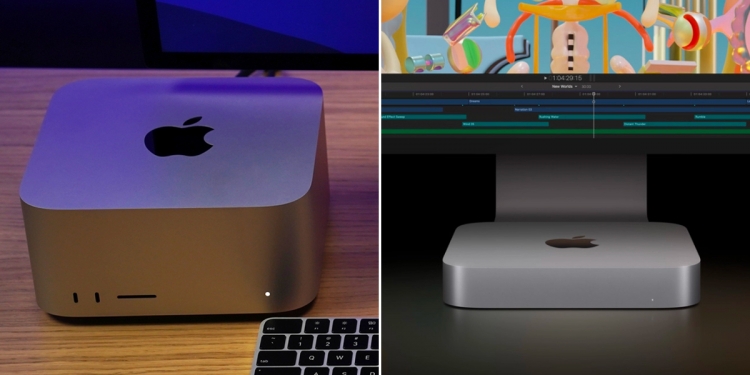The cheapest way to get onto MacOS just got a lot cheaper. Yes, that’s right, Apple has just launched a brand new Mac Mini, featuring the latest M2 and M2 Pro processor under the hood, while also knocking back the starting price down to just RM2,499 (though you will also need to get the peripherals such as the monitor, keyboard and mouse elsewhere).

However, we’re not going to look at the base model Mac Mini just yet. Instead, we’re going to check out the Mac Mini with the more powerful M2 Pro instead, which starts at RM5,599. In typical Apple fashion though, each upgrade you select will significantly increase the price. For instance, the M2 Pro Mac Mini will by default come with the weaker 16-core GPU, and to get the M2 Pro with the 19-core GPU you’ll need to fork out an additional RM1,200. And what if you want to double the memory to 32GB? That’s another additional RM1,600.
In fact, by choosing to get the M2 Pro Mac Mini with the 19-core GPU, 32GB of memory, a 512GB SSD and upgrading the Ethernet port on the back to a 10Gb Ethernet port for an additional RM400, you’re suddenly looking at a RM8,799 price tag—exactly the same as the base model Mac Studio.
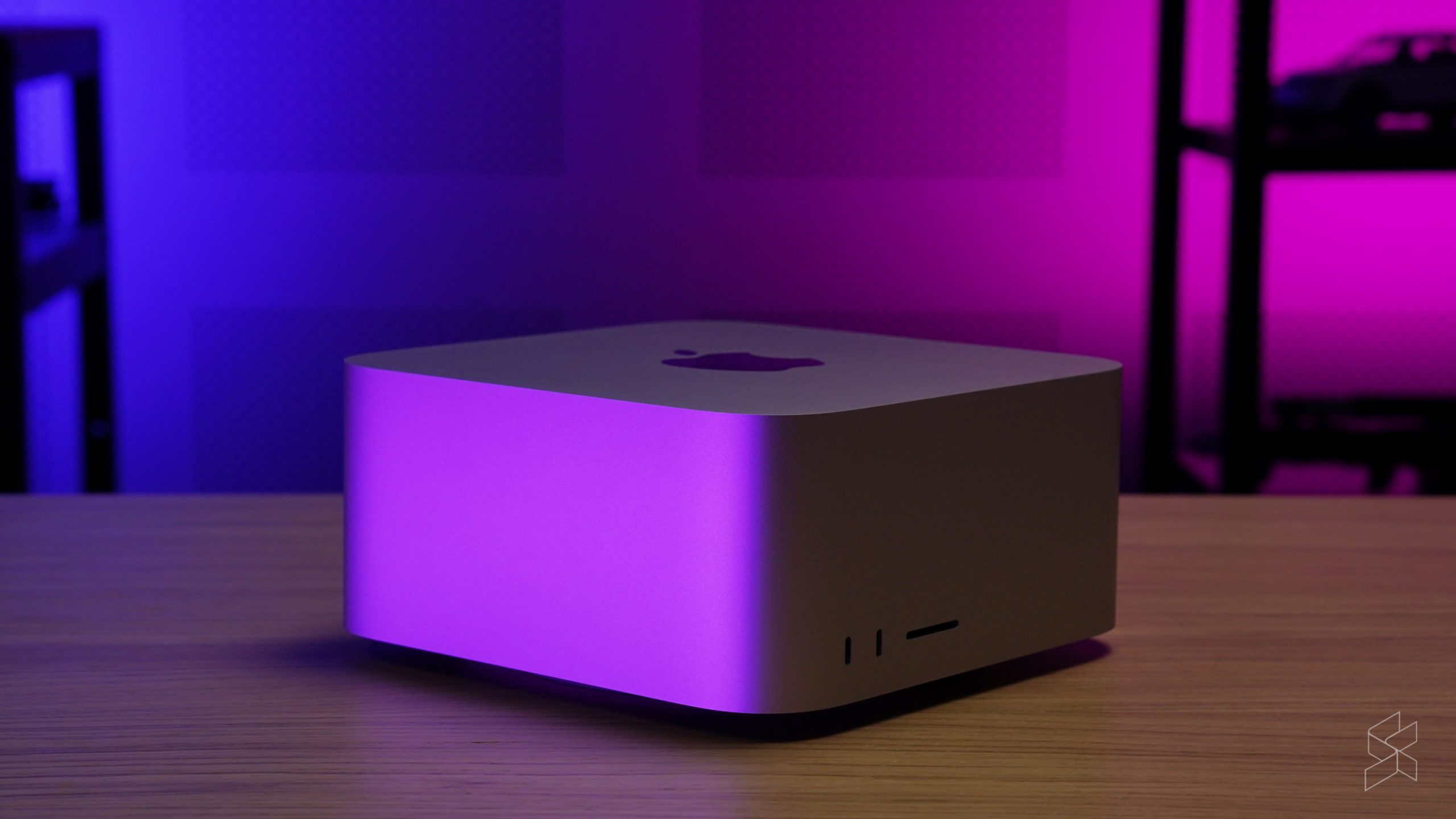
The Mac Studio of course was deemed by Apple as its most powerful computer yet, available with Apple’s insane M1 Ultra processor that packed 20 CPU cores, 64 GPU cores and a 32-core Neutral Engine. But while the M1 Ultra garnered all the headlines, it’s also worth noting that the base model Mac Studio actually comes with the good ol’ M1 Max processor instead. Starting at RM8,799 as well, the base model Mac Studio gets you the M1 Max with a 24-core GPU, 32GB of memory and a 512GB SSD; there’s no need to upgrade the Ethernet port here as it comes with a 10Gb Ethernet port by default. We’re going to ignore the storage upgrades for a bit as both the M2 Pro Mac Mini and the M1 Max Mac Studio can top out at 8TB of storage for a cool RM9,600, but both come with a 512GB SSD by default.
Seeing as the maxed out Mac Mini, supposedly Apple’s entry-level MacOS machine, and the base model Mac Studio, supposedly Apple’s most powerful desktop, are matched for price, let’s take a look at what makes them different, and which desktop you should actually get.
Processor
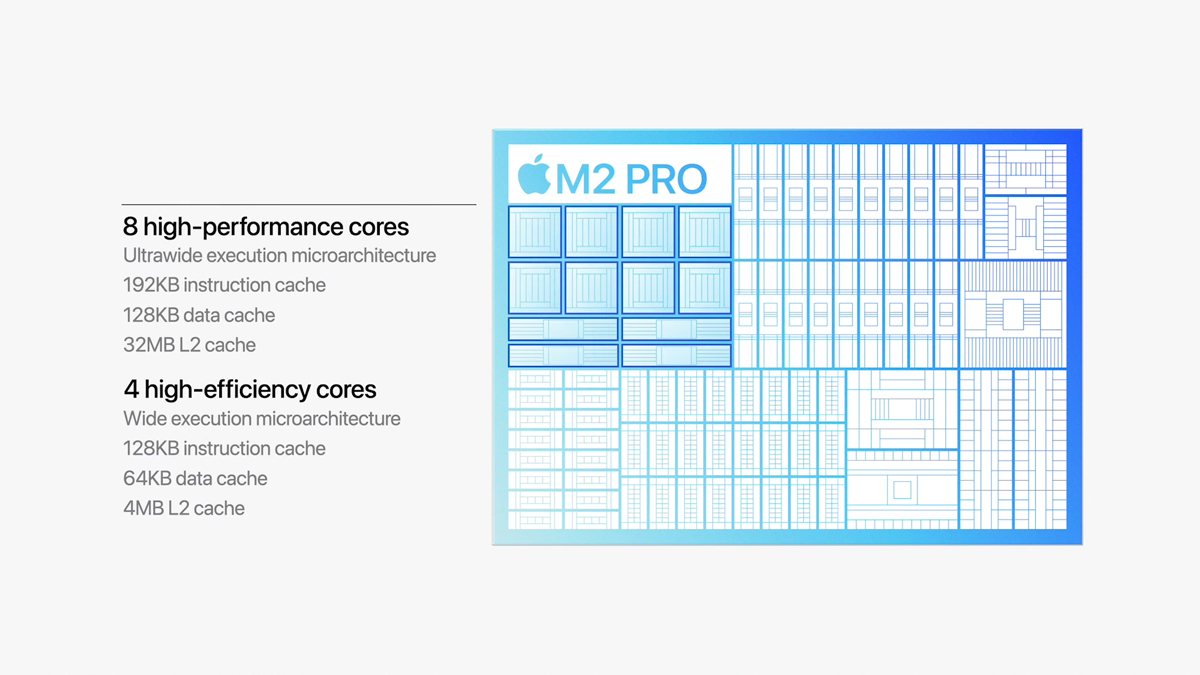
There’s no better place to start then with what’s under the hood of these two computers. The Mac Mini’s M2 Pro is one of Apple’s latest processors, having been announced alongside the refreshed Mac Mini and the new generation MacBook Pro 14 and MacBook Pro 16. Built on a second generation 5nm process, the M2 Pro brings with it 40 billion transistors, and is available in up to a 12 CPU core setup consisting of 8 high performance cores and 4 high efficiency cores. It also has a 200GB/s memory bandwidth, with up to 32GB of memory possible.
In the graphics department meanwhile, the M2 Pro’s GPU comes with up to 19 cores and a larger L2 cache. Then there’s also the next generation 16-core Neural Engine that according to Apple is 40% faster than the previous generation, as well as a media engine capable of hardware-accelerated video encode and decode. Overall, Cupertino claims that you’re looking at graphics speeds that’s up to 30% faster than the last gen M1 Pro and multithreaded CPU performance that’s up to 20% faster than the M1 Pro.
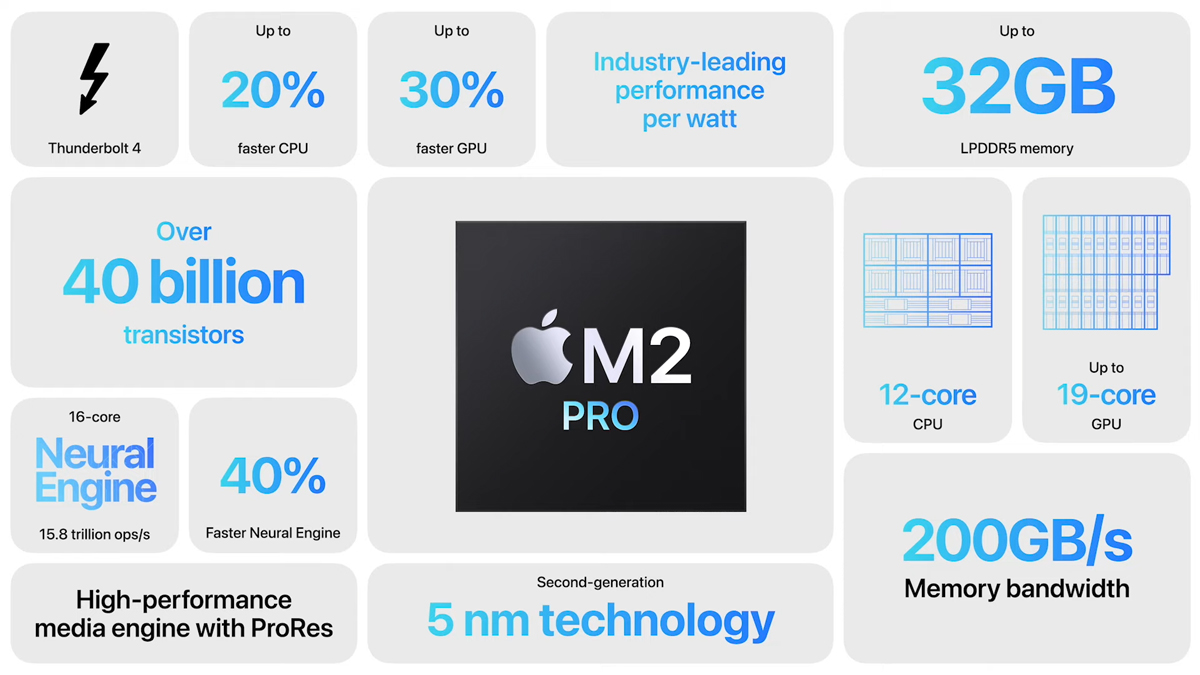
Of course, the M1 Pro they’re comparing to is not the M1 Max. The M1 Max might be ‘last generation’, but it’s still one heck of a chip. It packs 57 billion transistors, using the same 10-core CPU setup as the one in the M1 Pro. The M1 Max also features double the memory bandwidth of the M2 Pro at 400GB/s, with up to 64GB of memory possible too. As for the GPU, you can go as high as a 32-core GPU on the M1 Max, but for the purposes of this comparison, it will need to be the weaker one with just 24 cores. You’ll also find a 16-core Neural Engine for AI work loads as well as a more powerful media engine, having twice has many as the M1 Pro.
Apple does make it a bit hard to make direct comparisons among the two processors, as they’re own published benchmarks are typically a bit vague even when they really are powerful pieces of silicon. However, we can at least compare both against the old iMac with an Intel Core i7 processor, as Apple did publish comparisons against it for both the M2 Pro and the M1 Max. The TL;DR though is that the M2 Pro offers around twice the performance as the old 27-inch Intel iMac in some tasks such as code compiling, while the M1 Max sees a bigger 2.5x CPU performance gain over the iMac. Similarly, the M2 Pro with a 19-core GPU is said to be 2.5x faster than the old M1, but the M1 Max with the 32-core GPU is supposedly up to 4x faster than the M1.
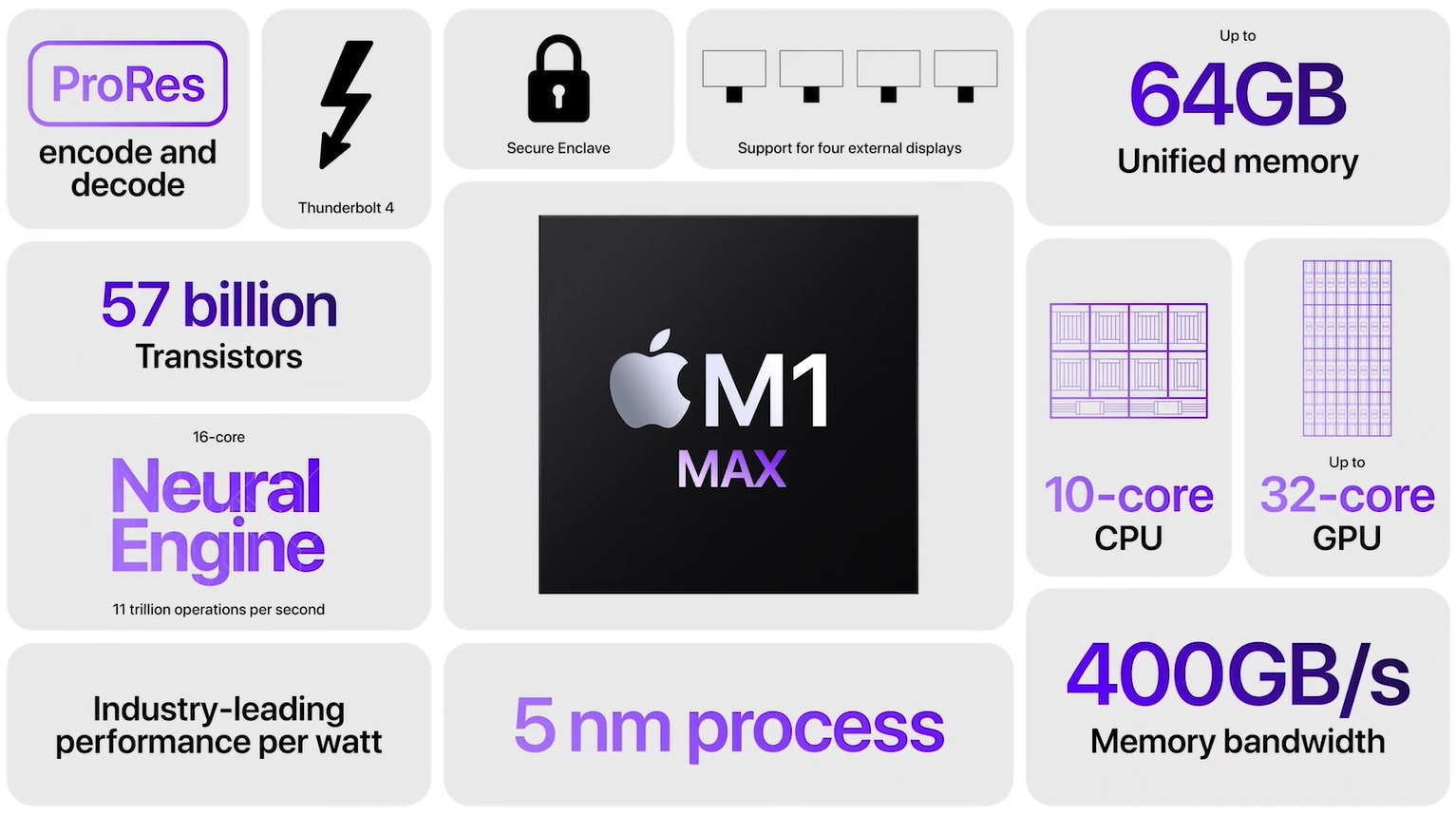
These are all rough estimates given by Apple themselves, so the reality of it is that you may see lower performance scores than what Apple claims it can achieve. But nevertheless, if Apple themselves seem to think that the M1 Max is more powerful than the M2 Pro when compared to the same machine, then it’s probably safe to say that the M1 Max in the Mac Studio, even though held back with a smaller GPU, will likely outperform the specced out M2 Pro in the Mac Mini.
Design and connectivity
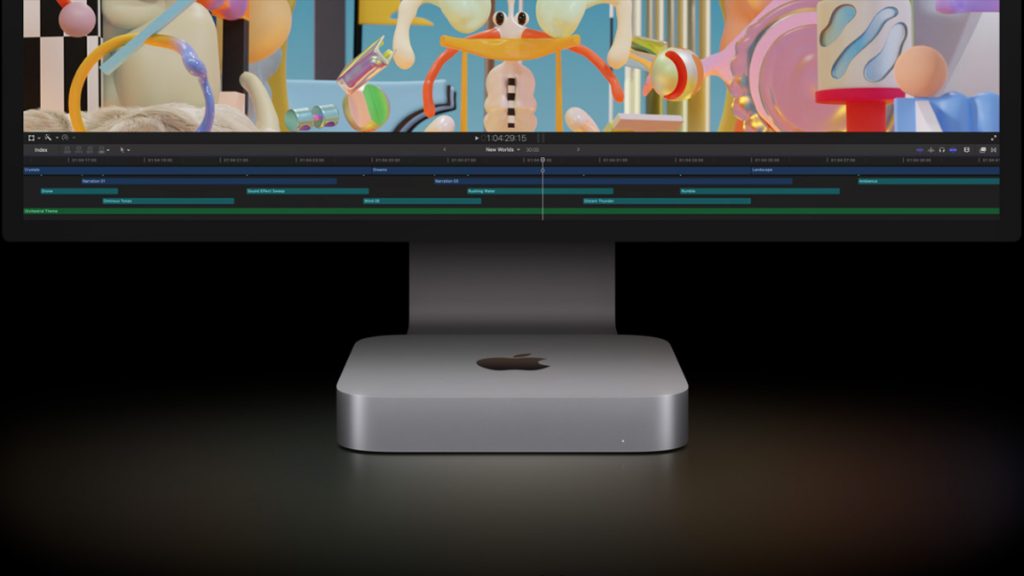
When it comes to design, there’s no doubt that the smaller machine here is the Mac Mini—it’s in its name after all. However, for those of you wanting to spend that RM8,799 (or more depending on your storage configuration), it might be worth getting the chunkier Mac Studio instead. The Mac Studio is significantly taller than the Mac Mini due to an impressive dual fan cooling setup that keeps its temperatures well below any risk of thermal throttling. And it’s not like the Mac Studio is that big anyway; measuring just 7.7-inches square and 3.7-inches high, the Mac Studio is still only 3.5L in volume, much smaller than most other desktop PCs and even other notable small form factor cases like the Velkase Velka 3.
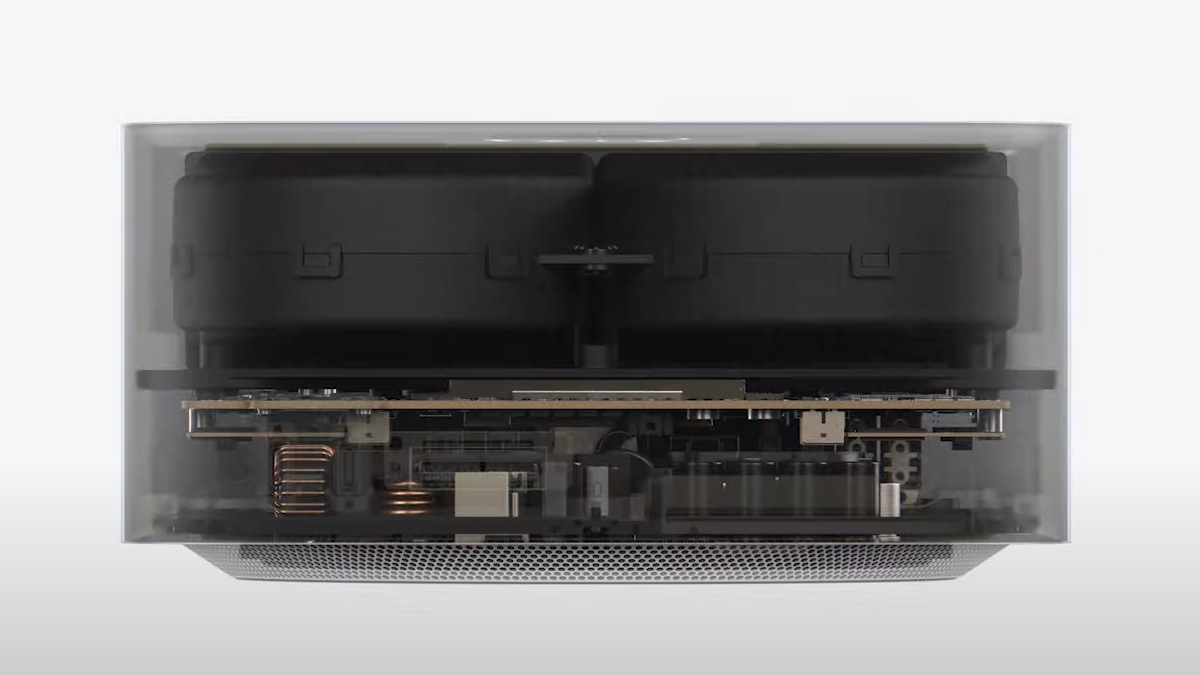
Furthermore, the Mac Mini loses out to the Mac Studio again when it comes to I/O. The Mac Studio by default features four USB-C Thunderbolt 4 ports on the back, another two up front, an SD card slot, a 10Gb Ethernet port, two USB-A ports, a headphone jack and a HDMI port too. The Mac Mini meanwhile is actually pretty close, with four USB-C Thunderbolt 4 ports, two USB-A ports, a HDMI port and a Gigabit Ethernet port which we’ve upgraded here to a 10Gb Ethernet port too. However, the fact that the Mac Studio has a full SD card slot means that it should be a much better option for creative professionals over the Mac Mini.
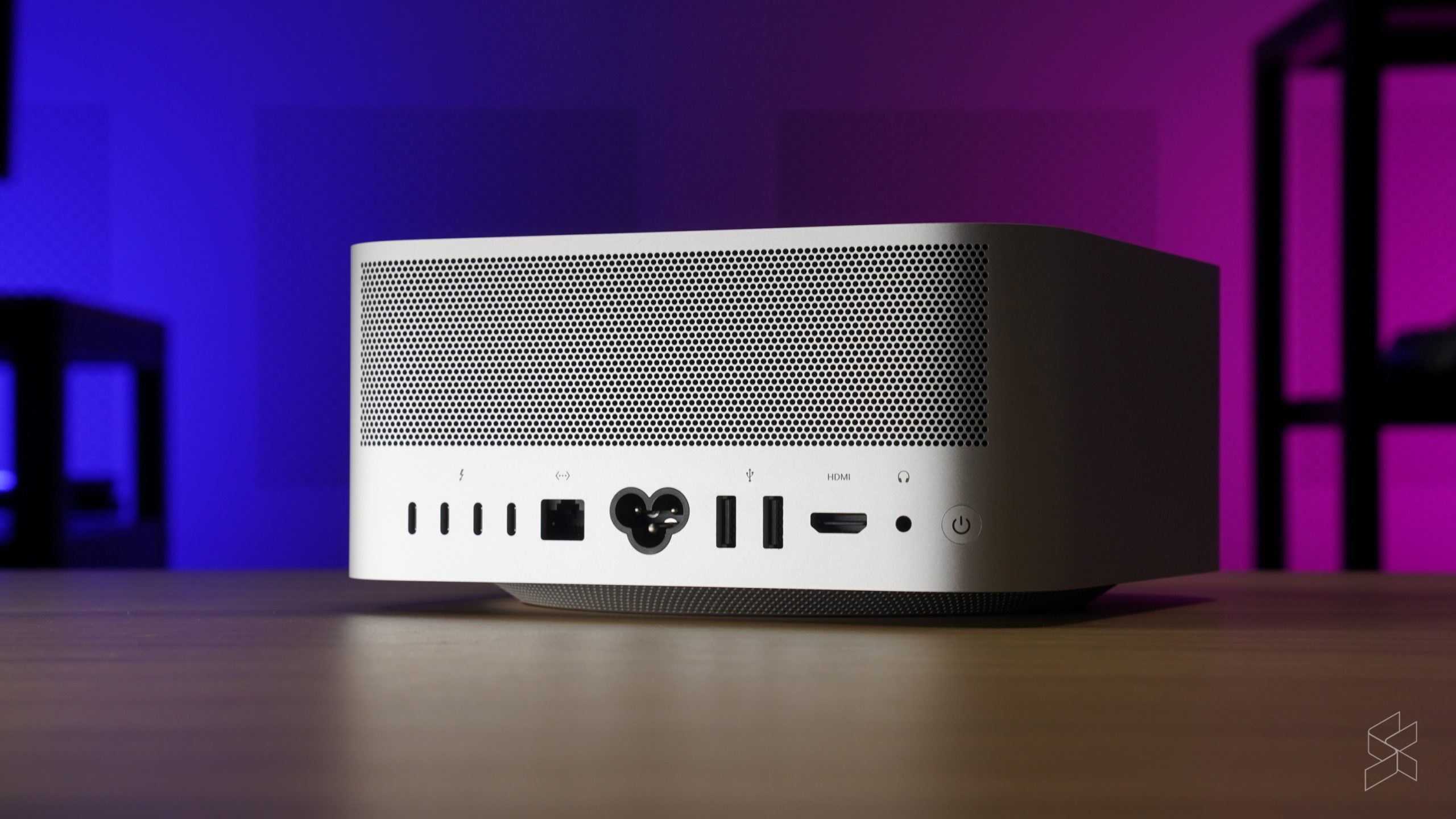
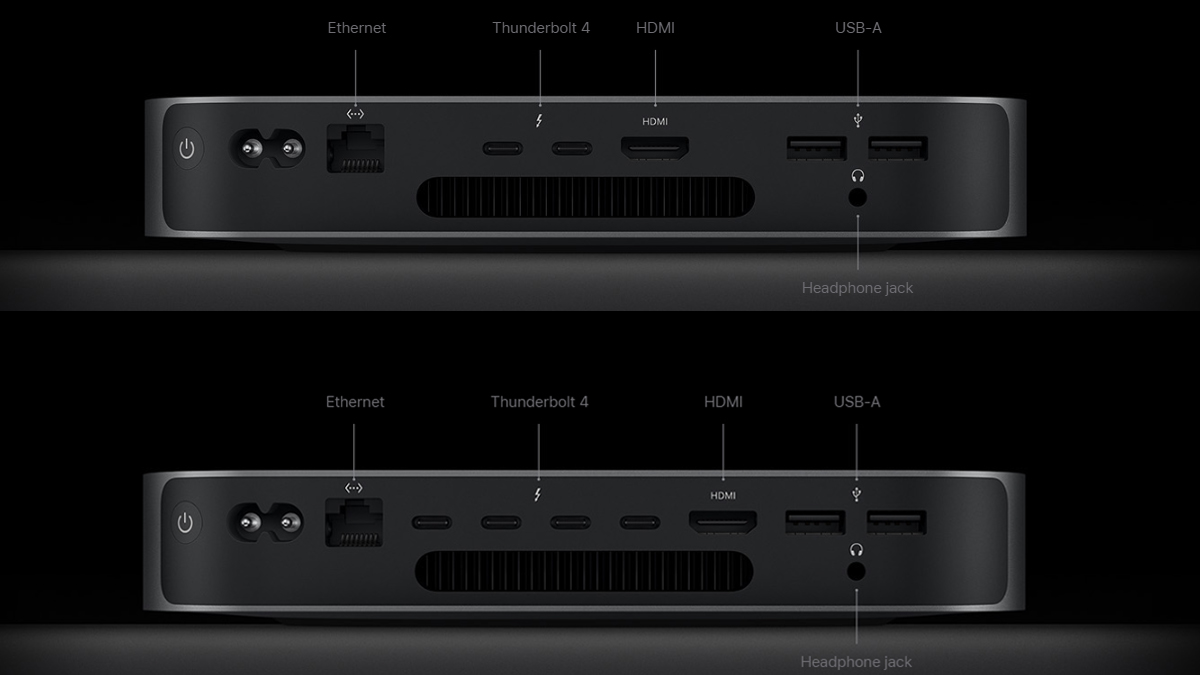
The one thing that the Mac Mini does win out here though is wireless connectivity, with WiFi 6E and Bluetooth 5.3 support compared to the Mac Studio’s WiFi 6 and Bluetooth 5.0 support.
So which should you buy, the M2 Pro Mac Mini or M1 Max Mac Studio?
When you factor in everything from performance, cooling, and I/O, it really does seem that the fully specced out Mac Mini with the M2 Pro and 19-core GPU, 32GB of memory and 10Gbps Ethernet port just doesn’t hold a candle to the Mac Studio at the same RM8,799 price tag. If you need a powerful desktop computer from Apple, the best option between the most expensive Mac Mini and the base model Mac Studio will have to be the latter. That’s especially true if you’re someone who needs it for high performance workloads, such as creative work, as not only is the Mac Studio more capable, it also has that full sized SD card slot for easy access to your files.
In defence of the dainty little Mac Mini though, it’s value was never in being up there with the big guys, even if Apple suddenly thought it was okay to give it an M2 Pro. The true value of the Mac Mini is that it is the cheapest way to get into the MacOS ecosystem. Just as a reminder, the base model M2 Mac Mini only costs RM2,499 now, down from the previous RM2,999 that the 2020 M1-powered Mac Mini went for. That’s RM500 more than you had before which you can top up to spend on getting a keyboard, a mouse and a monitor to complete your setup. It could easily be a way to get a MacOS machine for your home office, or for your family members who need a computer for school and such.
The Mac Mini really could be a surprise winner for Apple here, just maybe not the one powered by the M2 Pro.

